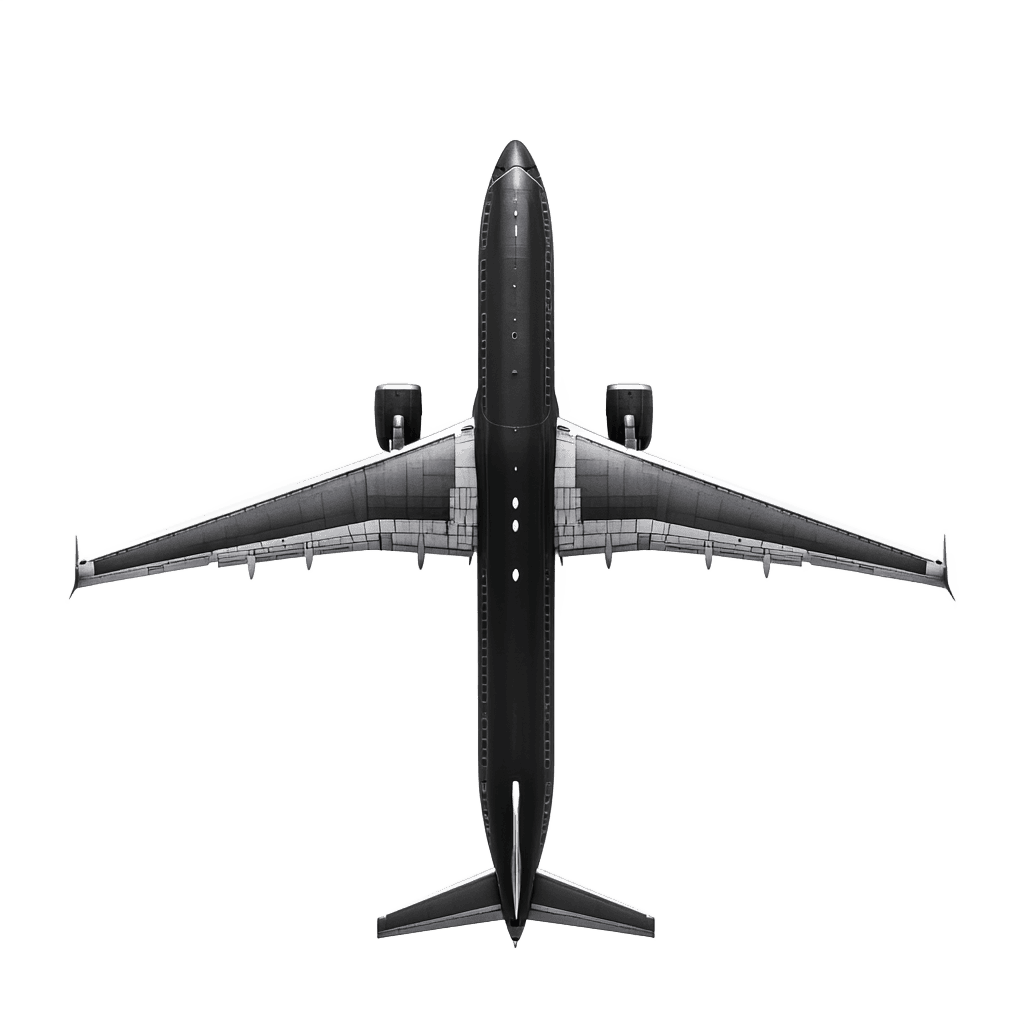Table of Contents
American Airlines Infant Policy: What Parents Need to Know for Stress-Free Travel
Traveling with an infant can feel overwhelming, but with the right preparation and understanding of airline policies, it can be a smooth and even enjoyable experience. American Airlines (AA) offers specific guidelines for families traveling with infants under 2 years old, and knowing these rules can help you avoid surprises and make your trip more comfortable. This guide breaks down AA’s infant policy, expert travel tips, and helpful resources to ensure a seamless journey with your little one.
5-Step Quick Checklist for Flying with an Infant on AA
- Notify AA of your lap infant during booking or reservation management.
- Pack essentials smartly, including diapers, feeding supplies, and entertainment.
- Consider purchasing a separate seat with an FAA-approved car seat for added safety.
- Check stroller and car seat allowances to avoid baggage fees.
- Use early boarding privileges to get settled and organized before other passengers board.
Free Lap Travel for Domestic Flights (with Limitations)
American Airlines allows children under 2 years old to fly for free as lap infants on domestic flights (including Puerto Rico and the U.S. Virgin Islands). While this is a cost-saving option, there are important rules to note:
- One Lap Infant per Adult: Each passenger aged 15 or older may hold only one infant on their lap.
- Notification Required: Inform AA at booking or when managing your reservation that you will be traveling with a lap infant.
- Age Restriction: The infant must remain under 2 years old for the entire trip. If your child turns 2 during the journey, a separate seat must be purchased for the return flight.
Tips for Smooth Lap Travel
- Choose Your Seat Wisely: Bulkhead seats offer more legroom, while window seats can provide privacy for feeding or soothing your baby.
- Pack Essentials: A well-stocked diaper bag is essential—include diapers, wipes, changing pads, extra clothes for both parent and baby, a small blanket, pacifiers, and any necessary medications.
- Help with Ear Pressure: Breastfeed, bottle-feed, or offer a pacifier during takeoff and landing to help ease ear discomfort caused by cabin pressure changes.
- Bring Entertainment: Lightweight toys, teething rings, and soft books can keep your infant engaged. Download baby-friendly content on a phone or tablet as backup.
- Use a Baby Carrier: A soft wrap or carrier can help you navigate the airport hands-free and soothe a fussy baby mid-flight.
Considering a Separate Seat for Your Infant
While lap travel is convenient for short flights, many parents opt to purchase a separate seat for added safety and comfort.
- FAA-Approved Car Seats: If you purchase a seat, you must bring an FAA-approved car seat. Ensure it meets the airline’s seat width requirements.
- Increased Safety and Comfort: A secured car seat provides extra protection during turbulence and allows infants to rest comfortably.
- Space and Convenience: A separate seat offers more room for feeding, diaper changes, and storage of baby items.
Expert Insight: The FAA recommends that children under 40 pounds travel in a car seat on board rather than as lap infants, citing improved safety during unexpected turbulence.
Checked and Carry-On Baggage for Infants
While lap infants do not get a standard baggage allowance, AA does allow certain baby gear such as strollers and car seats to be checked for free. A diaper bag is also permitted as part of the adult’s carry-on allowance.
Sample Baby Gear Allowance on AA
| Item | Fee | Notes |
|---|---|---|
| Stroller | Free | 1 per child; must be checked at gate |
| Car Seat | Free | Can be gate-checked or brought onboard if a seat is purchased |
| Diaper Bag | Free | Counted as part of adult carry-on |
Special Considerations for Infants on American Airlines
- International Flights: Infants traveling internationally may incur a fee or tax even if they are on a lap fare. Contact AA Reservations to add your infant and confirm charges.
- Doctor’s Note: Infants under 7 days old require a doctor’s clearance letter to fly.
- Bassinets: Limited bassinets are available on select Boeing 777 and 787 aircraft. These are first-come, first-served at the gate and cannot be reserved online.
- Family Boarding: Families with children under 2 are eligible for early boarding, giving you extra time to settle in.

Additional Travel Tips for Parents
- Pack Two Sets of Clothes: Accidents happen—carry a change of clothes for both the baby and yourself.
- Plan Around Sleep Schedules: If possible, choose flight times that align with your infant’s naps to reduce fussiness.
- Bring Sanitizing Supplies: Pack hand wipes, sanitizer, and seat wipes to keep your baby’s environment clean.
For official details, visit American Airlines’ Traveling with Children page and review FAA’s safety tips for flying with infants.
FAQs About American Airlines Infant Policy
1. Does my infant need a ticket on American Airlines?
Lap infants on domestic flights travel free, but you must inform AA. For international flights, taxes and fees apply even if your infant is on your lap.
2. Can I bring both a stroller and a car seat?
Yes, AA allows one stroller and one car seat per child to be checked at no cost.
3. Are bassinets guaranteed on long-haul flights?
No, bassinets are limited and available on select aircraft on a first-come, first-served basis. It’s best to arrive early and request one at the gate.
4. Is a separate seat safer for my baby?
Yes. The FAA and child safety experts recommend using a certified car seat for better protection during turbulence.
Conclusion
Flying with an infant on American Airlines can be manageable—and even enjoyable—when you’re prepared. By understanding the lap infant policy, considering the benefits of a separate seat, and packing strategically, you can ensure a smoother journey for both you and your child. Early planning and knowing your options give you the confidence to focus on the joy of traveling with your little one.


